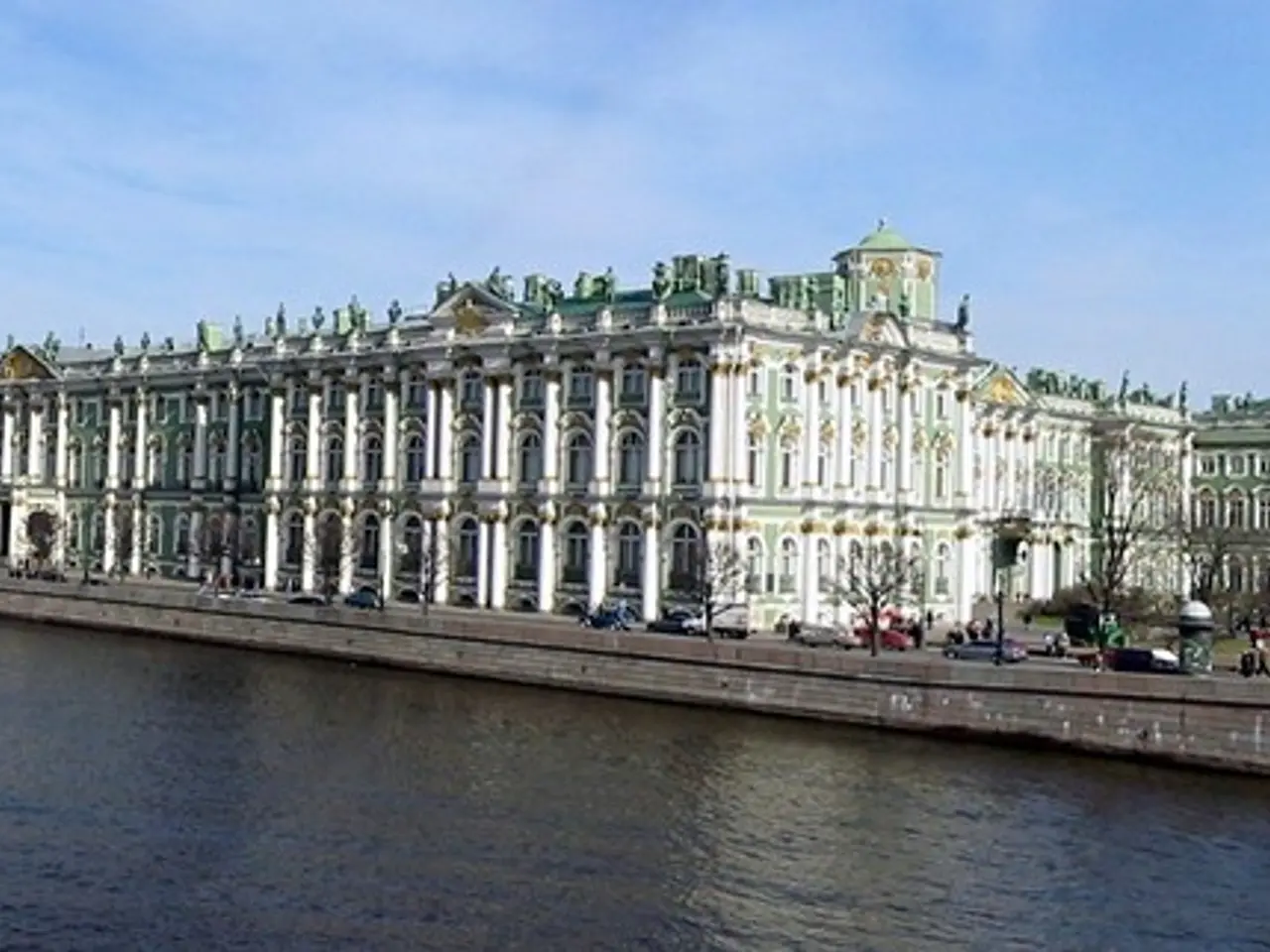Saudi Arabia's Aims under Vision 2030 Face Transformation
Saudi Arabia's ambitious Vision 2030 project, initiated in 2016, continues to make significant strides in economic diversification, labour market reform, and renewable energy development. However, the global shift towards lower oil prices has necessitated a strategic fiscal recalibration.
Economic Growth and Diversification
Real non-oil GDP is projected to grow by 3.4% in 2025, propelled by Vision 2030 initiatives. The emphasis has increased on expanding access to finance, integrating artificial intelligence in public services, and accelerating digital transformation to build a modern, diversified economy.
Fiscal Adjustments
The government has cut spending to SAR1.285 trillion ($342 billion) in 2025, aligning expenditures with the new fiscal realities. The International Monetary Fund (IMF) notes that these cuts are sufficient, and no further fiscal tightening is needed even if oil prices fall further towards $60 per barrel. The fiscal deficit is expected around 2.3%-4%, with adequate foreign reserves providing stability.
Project Recalibration
Ambitious plans like Neom’s The Line have been scaled back to balance ambition with fiscal prudence. The Public Investment Fund (PIF), valued at $3.53 trillion, continues to focus on strategic investments in renewable energy, logistics, and special economic zones (SEZs), positioning the country as a regional logistics hub and a leader in green hydrogen and climate-resilient infrastructure.
Labor Market Achievements
Saudi Arabia has revised its unemployment target down to 5%, after reaching a 7% unemployment rate six years ahead of schedule by the end of 2024. Women’s workforce participation has nearly doubled to 36%, and the private sector employment rose by 12%, reflecting significant socio-economic transformations under Vision 2030.
Renewable Energy Focus
Vision 2030 also heavily emphasizes renewable energy. Saudi Arabia aims to produce 15,000 MW of clean energy by 2028 and become a major exporter of green hydrogen, with projects such as a $5 billion green hydrogen initiative in NEOM targeting significant European demand.
In summary, while lower oil prices have led to strategic fiscal recalibration, Vision 2030 continues to make substantial progress in economic diversification, labor market reform, and renewable energy development, supported by a strong institutional framework and adjusted government spending plans. The kingdom faces challenges, including a widening government deficit, persistent vulnerability to crude prices, and weak Aramco shares, but it remains committed to building a viable post-oil economy and advancing social development, particularly for women.
- To solidify a modern, diversified economy, Saudi Arabia is focusing its investments on integrating artificial intelligence in public services, accelerating digital transformation, and expanding access to finance.
- Despite a need for fiscal adjustments due to lower oil prices, Saudi Arabia will continue to make investments in areas such as renewable energy, logistics, and special economic zones to position itself as a regional logistics hub with a focus on green hydrogen and climate-resilient infrastructure.
- As part of Vision 2030, Saudi Arabia aims to become a major exporter of green hydrogen by producing 15,000 MW of clean energy, with projects like the $5 billion green hydrogen initiative in NEOM targeting significant European demand.




